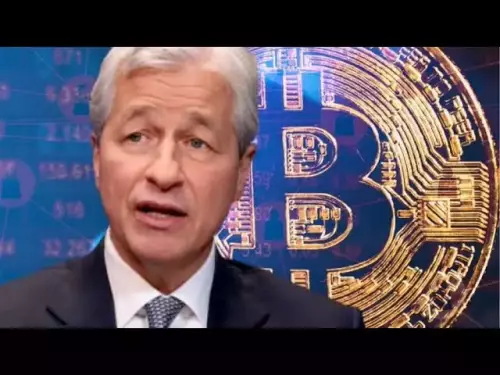-
 bitcoin
bitcoin $114684.631706 USD
-0.87% -
 ethereum
ethereum $4228.677447 USD
1.58% -
 bnb
bnb $1294.880693 USD
-1.16% -
 tether
tether $1.000819 USD
-0.02% -
 xrp
xrp $2.605138 USD
2.79% -
 solana
solana $209.908690 USD
5.89% -
 usd-coin
usd-coin $0.999903 USD
-0.03% -
 dogecoin
dogecoin $0.213423 USD
2.93% -
 tron
tron $0.322721 USD
-0.10% -
 cardano
cardano $0.727247 USD
3.66% -
 hyperliquid
hyperliquid $42.339456 USD
6.05% -
 chainlink
chainlink $19.910811 USD
5.16% -
 ethena-usde
ethena-usde $1.000557 USD
0.00% -
 stellar
stellar $0.349734 USD
2.69% -
 bitcoin-cash
bitcoin-cash $543.848687 USD
-0.21%
What is a perpetual swap for Bitcoin contracts?
Perpetual swaps allow leveraged, expiration-free Bitcoin trading with funding rates aligning contract prices to spot, but carry liquidation risks.
Oct 01, 2025 at 08:18 am
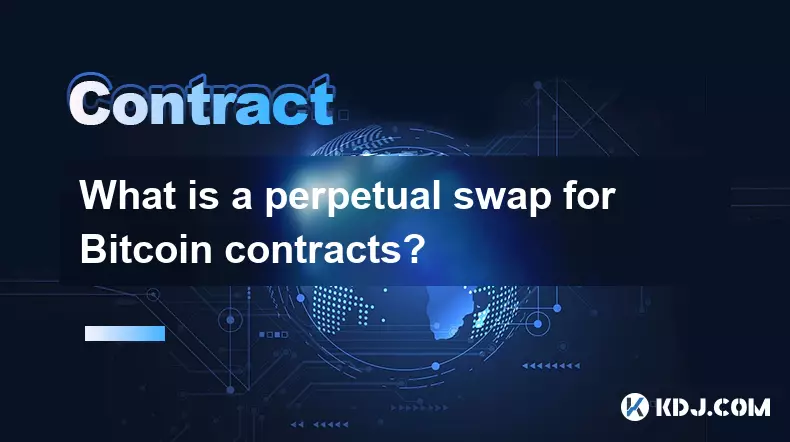
Understanding Perpetual Swaps in Bitcoin Trading
1. A perpetual swap is a type of derivative contract that allows traders to speculate on the price of Bitcoin without an expiration date. Unlike traditional futures, which settle on a specific date, perpetual swaps can be held indefinitely as long as margin requirements are met.
2. These contracts derive their value from the underlying asset—in this case, Bitcoin—and are settled in cryptocurrency, often in stablecoins like USDT or the native platform token such as BTC or ETH.
3. The absence of an expiry removes the need for constant rollover between contracts, making it easier for traders to maintain long-term positions.
4. Perpetual swaps are widely used on major crypto exchanges such as Binance, Bybit, and BitMEX, where both retail and institutional traders engage in leveraged trading.
5. Funding rates play a critical role in aligning the price of the perpetual swap with the spot market, ensuring minimal divergence over time.
How Funding Rates Work in Perpetual Contracts
1. Funding rates are periodic payments exchanged between long and short traders to tether the contract price to the spot price of Bitcoin.
2. When the perpetual swap trades above the spot price, indicating bullish sentiment, longs pay shorts. This incentivizes selling pressure and helps pull the price down.
3. Conversely, if the contract trades below the spot price, shorts pay longs, encouraging buying activity to bring the price back in line.
4. These payments typically occur every eight hours and are calculated based on the difference between the mark price and the index price, along with prevailing market demand.
5. High funding rates can signal extreme market conditions—excessively positive rates may suggest an overbought market, while negative ones may reflect oversold sentiment.
Leverage and Margin Mechanics
1. Perpetual swap platforms allow traders to open positions with leverage, sometimes up to 100x depending on the exchange and contract size.
2. Traders must post collateral, known as margin, which is held in the trading account and used to absorb potential losses.
3. Maintenance margin represents the minimum amount required to keep a position open; falling below this threshold triggers liquidation.
4. Isolated and cross-margin modes offer different risk exposure strategies. Isolated margin limits risk to a defined portion of funds, while cross-margin uses the entire balance to prevent liquidation.
5. Liquidations occur when losses deplete the allocated margin, and the system automatically closes the position to prevent further debt to the exchange.
Price Indexing and Mark Price
1. To prevent manipulation, exchanges use a composite index price derived from multiple spot exchanges rather than relying on a single source.
2. The mark price, used for calculating unrealized PnL and triggering liquidations, is typically based on the index price plus a fair-value premium or discount.
3. This mechanism protects traders from unfair liquidations during periods of high volatility or flash crashes on any one exchange.
4. The spread between the last traded price and the mark price reflects temporary imbalances but is corrected through funding and arbitrage activity.
5. Transparent calculation methods for both index and mark prices are essential for trust and fairness in the perpetual swap ecosystem.
Frequently Asked Questions
What happens if I hold a perpetual swap during high volatility?During high volatility, liquidation risks increase significantly, especially for highly leveraged positions. Rapid price swings can trigger stop-losses or lead to automatic liquidation if margin levels fall below maintenance requirements. Monitoring your position and adjusting leverage accordingly is crucial.
Can funding rates go negative?Yes, funding rates frequently go negative when the perpetual swap price trades below the spot price. In such cases, short position holders pay longs, reflecting bearish sentiment in the market.
Do all exchanges offer the same funding rate intervals?Most major platforms charge funding every eight hours, usually at 00:00 UTC, 08:00 UTC, and 16:00 UTC. While the interval is standardized across many exchanges, exact timing and calculation methodologies may vary slightly.
Is trading perpetual swaps riskier than spot trading?Perpetual swap trading carries higher risk due to leverage, funding costs, and liquidation mechanisms. Losses can exceed initial deposits, and rapid market movements can result in sudden capital erosion, making it more complex than straightforward spot purchases.
Disclaimer:info@kdj.com
The information provided is not trading advice. kdj.com does not assume any responsibility for any investments made based on the information provided in this article. Cryptocurrencies are highly volatile and it is highly recommended that you invest with caution after thorough research!
If you believe that the content used on this website infringes your copyright, please contact us immediately (info@kdj.com) and we will delete it promptly.
- XRP Price Prediction: Weekend Rollercoaster or Rally?
- 2025-10-12 08:45:16
- Bittensor (TAO): Super Bullish Signals Point to Potential 2x Rally
- 2025-10-11 10:25:12
- Silver Price Correction: Navigating the Dip & Identifying Key SEO Keywords
- 2025-10-11 10:25:12
- Decoding Crypto Trends: Bittensor's Bull Run, Cardano's Dip, and LivLive's Presale Buzz in 'Uptober 2025'
- 2025-10-12 08:45:16
- MoonBull: The Crypto Meme Coin Promising 1000x Gains?
- 2025-10-11 10:30:01
- Crypto Payroll Revolution: Stablecoins, Altcoins, and the Future of Salary Payments
- 2025-10-11 10:30:01
Related knowledge

How to calculate the ROI for Ethereum contracts?
Oct 09,2025 at 04:36pm
Understanding Ethereum Contract ROI Basics1. Return on Investment (ROI) for Ethereum contracts begins with tracking the initial capital deployed into ...
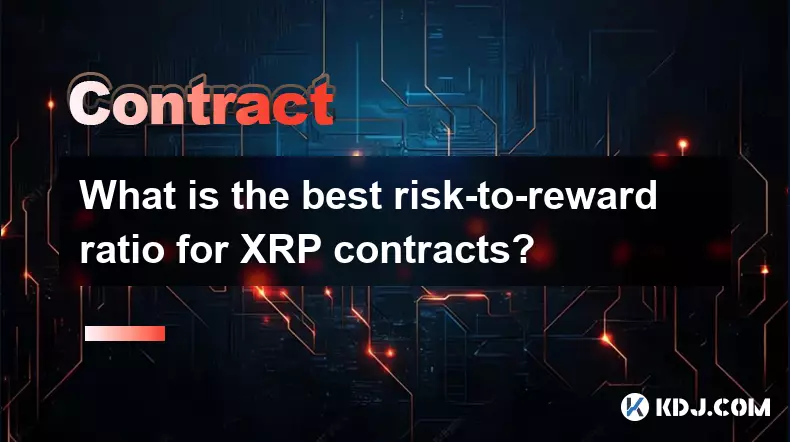
What is the best risk-to-reward ratio for XRP contracts?
Oct 11,2025 at 04:18am
Understanding Risk-to-Reward in XRP Futures Trading1. The risk-to-reward ratio is a fundamental metric used by traders to evaluate the potential profi...
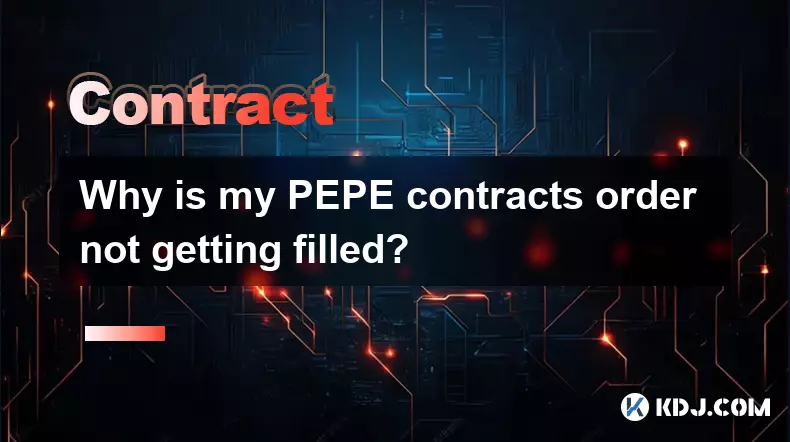
Why is my PEPE contracts order not getting filled?
Oct 12,2025 at 06:01pm
Understanding Liquidity Issues in PEPE Contracts1. Low liquidity is one of the primary reasons a PEPE contract order may not get filled. Many meme-bas...

Is it better to trade Dogecoin contracts or spot?
Oct 12,2025 at 04:54pm
Understanding Dogecoin Spot Trading Mechanics1. Spot trading involves the direct purchase and ownership of Dogecoin at the current market price. Trade...
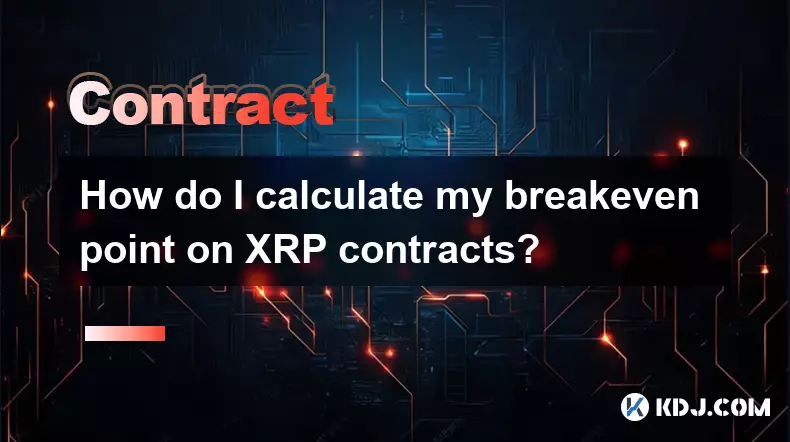
How do I calculate my breakeven point on XRP contracts?
Oct 09,2025 at 08:36pm
Understanding the Breakeven Point in XRP Futures TradingCalculating the breakeven point for XRP contracts is essential for traders who engage in futur...
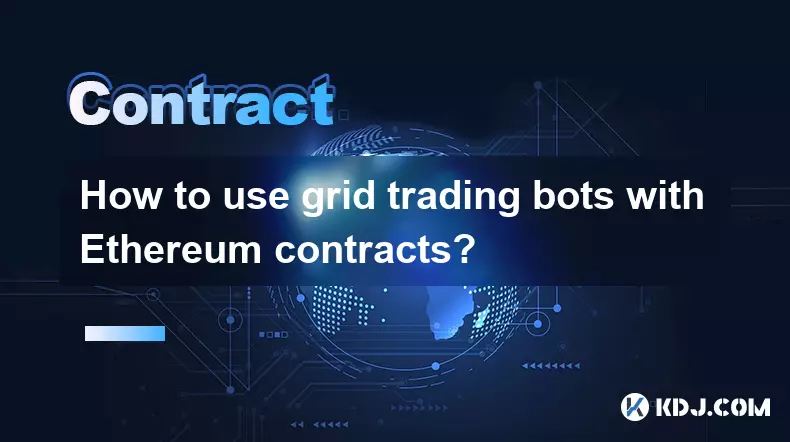
How to use grid trading bots with Ethereum contracts?
Oct 12,2025 at 05:01am
Understanding Grid Trading Bots in the Context of Ethereum1. Grid trading bots operate by placing a series of buy and sell orders at predetermined pri...

How to calculate the ROI for Ethereum contracts?
Oct 09,2025 at 04:36pm
Understanding Ethereum Contract ROI Basics1. Return on Investment (ROI) for Ethereum contracts begins with tracking the initial capital deployed into ...

What is the best risk-to-reward ratio for XRP contracts?
Oct 11,2025 at 04:18am
Understanding Risk-to-Reward in XRP Futures Trading1. The risk-to-reward ratio is a fundamental metric used by traders to evaluate the potential profi...

Why is my PEPE contracts order not getting filled?
Oct 12,2025 at 06:01pm
Understanding Liquidity Issues in PEPE Contracts1. Low liquidity is one of the primary reasons a PEPE contract order may not get filled. Many meme-bas...

Is it better to trade Dogecoin contracts or spot?
Oct 12,2025 at 04:54pm
Understanding Dogecoin Spot Trading Mechanics1. Spot trading involves the direct purchase and ownership of Dogecoin at the current market price. Trade...

How do I calculate my breakeven point on XRP contracts?
Oct 09,2025 at 08:36pm
Understanding the Breakeven Point in XRP Futures TradingCalculating the breakeven point for XRP contracts is essential for traders who engage in futur...

How to use grid trading bots with Ethereum contracts?
Oct 12,2025 at 05:01am
Understanding Grid Trading Bots in the Context of Ethereum1. Grid trading bots operate by placing a series of buy and sell orders at predetermined pri...
See all articles























